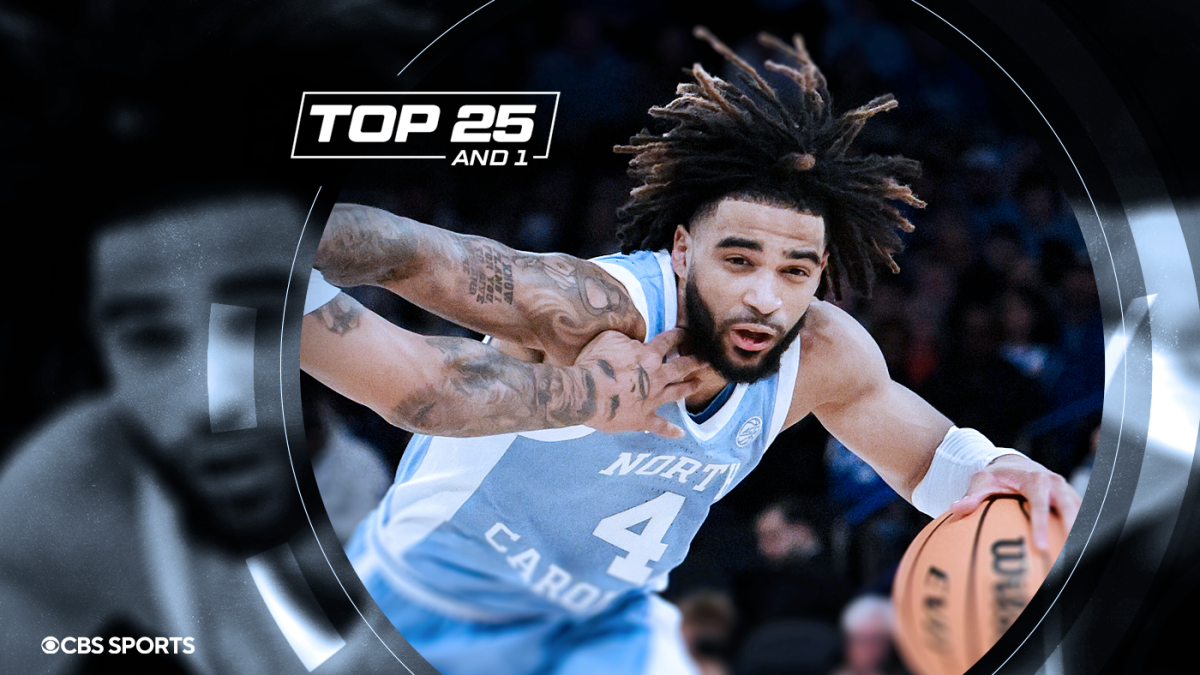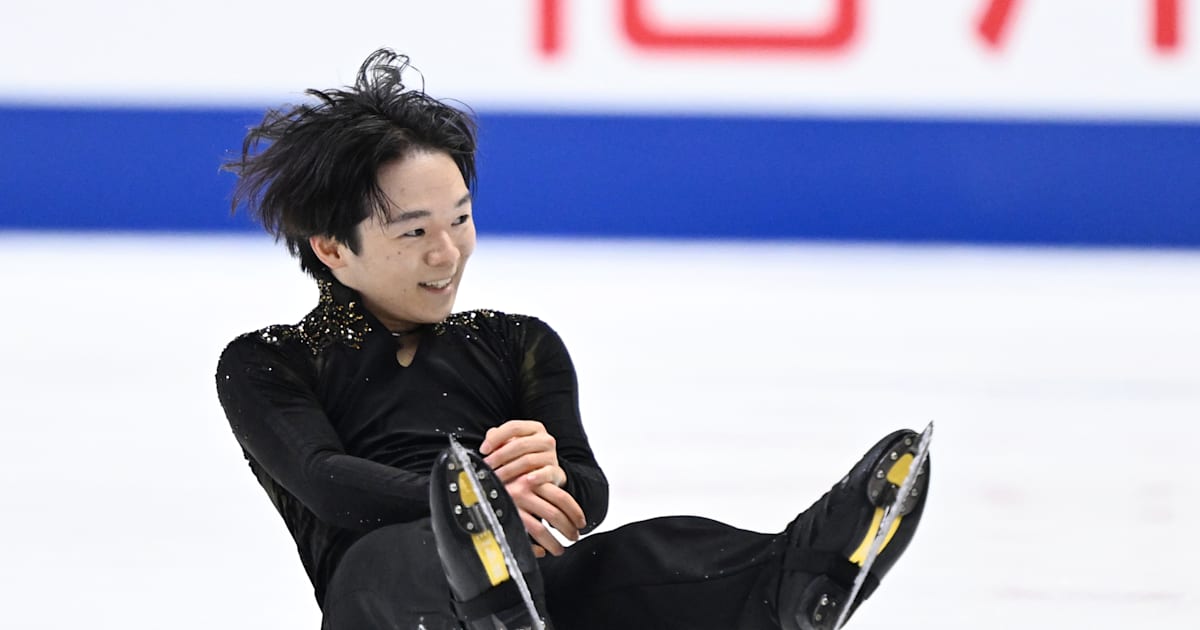Fashion
Is Licensing Models’ Images The Future Of AI In Fashion Campaigns?

When seasoned fashion photographer José Aragón returned to Madrid after spending 15 years in Japan as Director of Photography for a global brand’s studio, he found the fashion industry irrevocably changed by the post-COVID world. Having dedicated over two decades to crafting luxury campaigns as a globe-trotting photographer, the pandemic’s halt to production and its personnel compelled him to seek new avenues.
Horses created using AI tools.
In Madrid, Aragón discovered a Digital Arts course and enrolled in a two-week intensive bootcamp focused on digital artificial intelligence. Since completing the program, he has been continuously experimenting and creating images using advanced tools like Midjourney, Stable Diffusion, DALL-E, and Leonardo among others. These text-to-image models transform verbal prompts into visual concepts, revolutionizing his creative process.
Using ‘Synthography’, a portmanteau of synth and photography, a new term that he prefers to describe his work as photography with new tools, Aragón began creating a new body of work in digital imagery. In the process, he discovered an active and supportive AI creative community on LinkedIn wher global creators, particularly those focused on fashion, share their work and methodologies, including style references, prompt clues, camera angles, and other directives to achieve their images.
Enter Carrie Crigler, one of the digital creatives sharing her work on the professional networking platform. Her work with face swapping, using an application called Comfy in Stable Diffusion, an advanced tool for AI Imagery creation, caught the eye of Aragón, and both connected to discuss the possibilities of its application in creating fashion themed images.
For Aragón and Crigler, an opportunity arrived to use the technology in a real case scenario. Natalie Dionne, founder of the Paris based sustainable accessories brand, Thalie, had crossed paths with Aragon earlier in the year and was interested in using AI to launch their first ad campaign. Collaborating with Aragón and Crigler, they imagined a campaign using real models’ faces as avatars.
Thalie Paris, Ad Campaign.
“We worked on the model selection with Jose and Carrie from Optikka to select the best faces representing the Thalie girls. We wanted youthful 20-25, modern & fresh faces models. Olia, Liza, and Taja, the models that lent us their faces, are friendly with the brand and one of them, Olia Meteshko, walked the THALIE x ONIRIQ Fashion Show at Paris Fashion Week on 28th of February 2024 for which the AI campaign was the inspiration.”
Aragón and Dionne believe that using real models’ faces as avatars offers a unique human touch in the AI-driven world. This approach protects the brand, the images, and the models themselves, who are compensated for their likenesses, ensuring the intellectual property rights f all parties involved.
“When we’re talking about creating different models, it’s understood that it will be a completely synthetic person, so there’s a risk of creating an image that resembles an actual person and that can come with its own complications. So the licensing aspect gives brands more security because you have that “audit-able” track of the face we’re using, we licensed it. “ says Aragon.
In the modeling world, where youth is prized, this technology offers seasoned models a chance to extend their careers. One model in the campaign had been let go from her agency after becoming pregnant.
Karolina Muller, a supermodel turned actress, found Aragón on Instagram and rekindled their friendship. Along with her manager, Face’ (Fah-Seh), they collaborated to create an entire storyline using Karolina’s likeness as an avatar and rebranding her as Karolina 2.0. Inspired by a documentary about Elon Musk’s ambitions for Mars, they developed a futuristic campaign concept. Face’ sees this as an untapped opportunity to push the boundaries of campaign concepts.
K.M.2.Ø. Launch.
“Technology has gone so far ahead. We have to adapt to change and it’s a great opportunity to be a part of something big that is changing in the industry. I became intrigued about the whole idea of an AI image that we control, so I don’t know that there are any other managers or agents out there that represent someone else’s AI image, but that thought of it just completely blew me away,” explains Face’.
Muller has received positive feedback from friends, fans, and peers. She believes this new avenue can elongate her career. “The feedback on Instagram and Facebook has been amazing. People don’t realize it’s an avatar because it looks so real. The last image José created in the Tatra Mountains had everyone thinking I was there, but I was actually visiting my parents in Poland,” she laughs.
K.M.2.Ø.
Another challenge in the use of AI generated images has been in safeguarding AI artists’ original work, its images, copyrights and its IP. Aragon has experienced his work being replicated by another artist almost identical to his as AI trains its image data bank with newer images and prompt words. It’s likely that Aragon can begin to train AI to his own images and thereby producing similar to identical images based on verbal prompts for other users.
Currently, there are fashion e-commerce websites entirely generated by AI, featuring models and clothing for sale. These sites, often poorly designed and visually unmistakable as AI creations, serve as glaring examples of the exploitation currently underway.
Aragon uses Safe Creative to protect his digital work, one of the platforms that registers copyrights and trademark protection for creative work including visual arts, music, literary arts, film, podcasts, and much more.
“In an era where AI is reshaping creativity, Safe Creative has been one of the first copyright certification and registration platforms to help creators certify their AI-assisted works and their creative processes. This is essential for transparency, copyright protection and the needed recognition of the authors whose works were used to train AIs. With uncertainties surrounding copyright rights for AI-assisted content, having a clear registration provides a strong base for asserting rights. It ensures that human contributions are recognized and protected in an uncertain legal landscape,” explains Mario Pena, COO of Safe Creative.
Sinead Bovell, a model, futurist, and founder of tech platform Waye, where she discusses and prepares her Millennial and Gen Z audiences for a world with advanced technologies, offers some thoughts on both sides of the argument. She believes that licensing models’ likenesses is a potential short term solution given the unknowns that are rapidly evolving.
“You still want to make sure if you’re licensing out your image and your work, is that also being used to train future AI models where you are no longer involved? “ Bovell queries.
Bovell alludes to another potential hazard already in existence, the power imbalance of the fashion industry.
“We didn’t solve the power imbalances so AI is going to exacerbate what is true across any industry. So whether the power imbalance is race or diversity or whatever it is, that’s what AI is going to learn from. And now as a result, models are in a situation where they don’t even own their own training data and their own labor, and that to me is where I see a big challenge and red flag that doesn’t apply to other Industries like music or writing.”
As the influence of AI in the fashion industry continues to reshape the creative landscape, José Aragón’s journey from a traditional fashion photographer to a digital artist through “synthography” exemplifies this shift. His collaboration with brands and personalities highlight the potential of integrating real models’ faces with cutting-edge AI tools, ensuring a unique blend of human touch and technological innovation.
Thalie Paris, Ad Campaign.
When asked if Thalie will continue to use AI moving forward for their campaigns, Dionne expressed in the positive, “We see it as a sustainable and innovative solution that aligns with our brand’s values, and we plan to continue utilizing this technology in future campaigns. While the use of AI avatars has numerous benefits, we acknowledge there may be challenges, such as ensuring engagement, brand authenticity and human connection. However, we believe that with a considered way of using it, as a supporting element during the creative process of creating our campaigns, these challenges can be overcome.”










